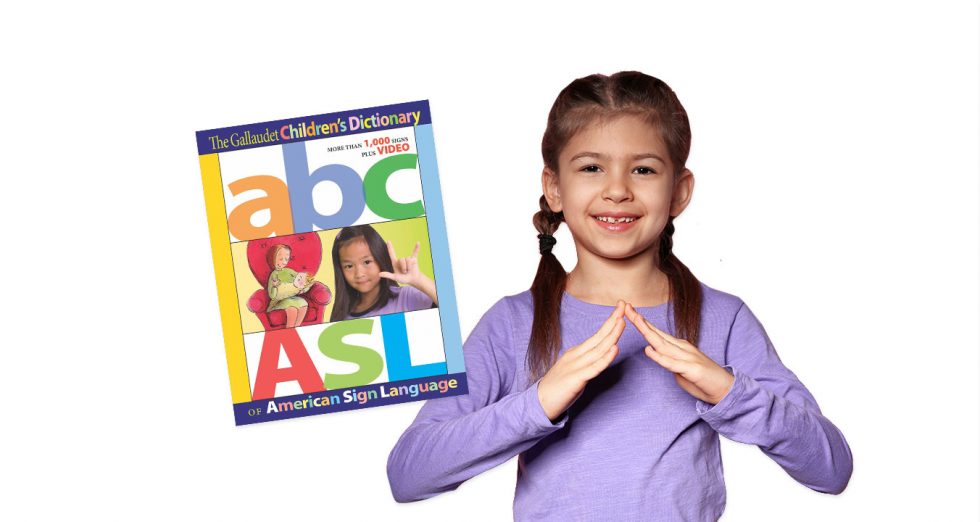
Students transitioning from secondary to postsecondary education encounter new people, environments, and responsibilities. The Transition to Higher Education for Students Who Are Deaf or Hard of Hearing Deafness, conversely, often refers to the audiological condition, and the word is never capitalized. When referring to the community, the word "Deaf" is often capitalized. The term "Deaf" refers to people with profound hearing loss, whereas "hard of hearing" refers to people with mild-to-moderate hearing loss.

Most organizations now use "Deaf" and "hard of hearing" instead.

According to the National Association of the Deaf (NAD), the once-politically correct term "hearing impaired" has fallen out of favor for its negative connotation. There are different degrees of hearing loss, and the Deaf community has terms to help distinguish them. We also highlight the technologies and organizations making a difference for Deaf and hard-of-hearing students. Here, we help identify what students should consider when pursuing postsecondary education. While the United States has made strides to improve access to education for Deaf and hard-of-hearing (HoH) people, only 5% of Deaf people attend were enrolled at postsecondary institutions, compared to 11% of hearing people, as per a 2019 National Deaf Center (NDC) report.Īttending college can be challenging, and Deaf and HoH students face additional obstacles.

Deaf students face many obstacles in postsecondary schools and need adequate support.The Public Ivies, Little Ivies, and Other Ivy League Equivalents.Student Resources show submenu for Student Resources


 0 kommentar(er)
0 kommentar(er)
